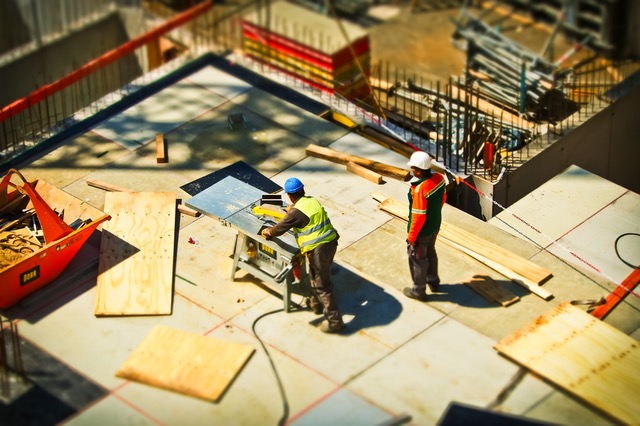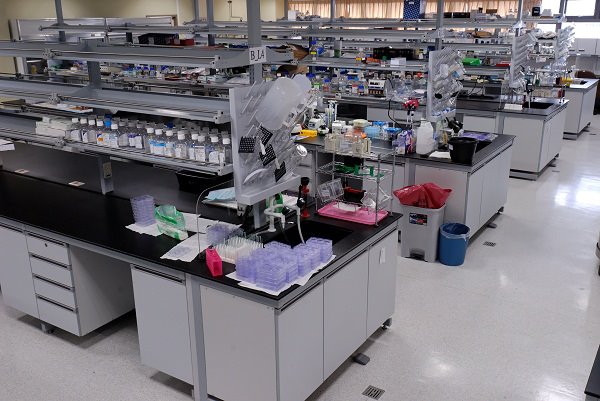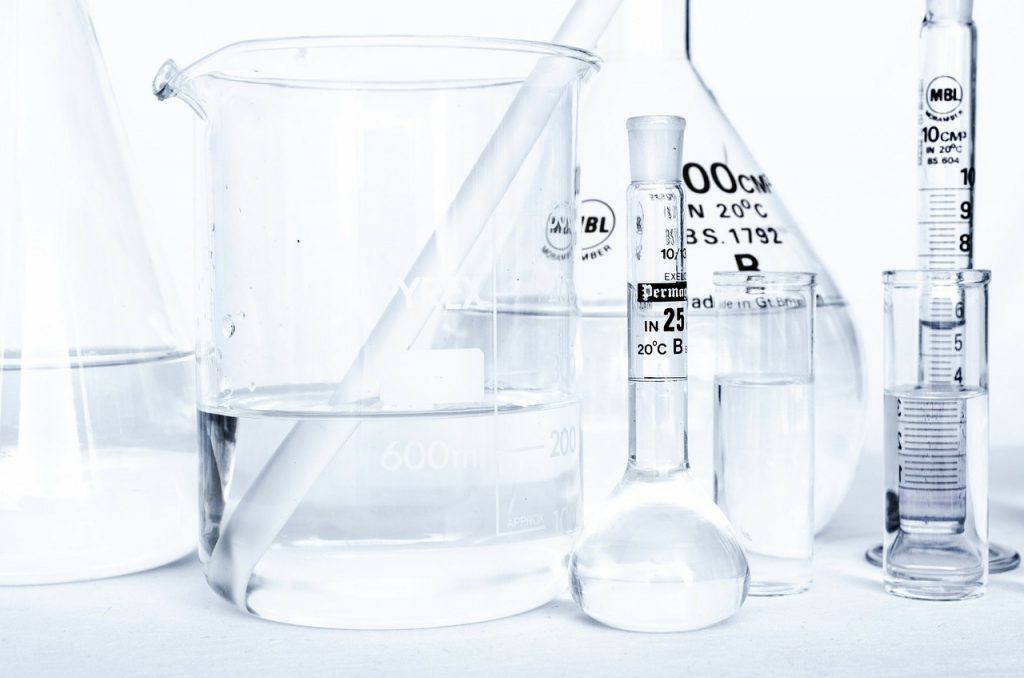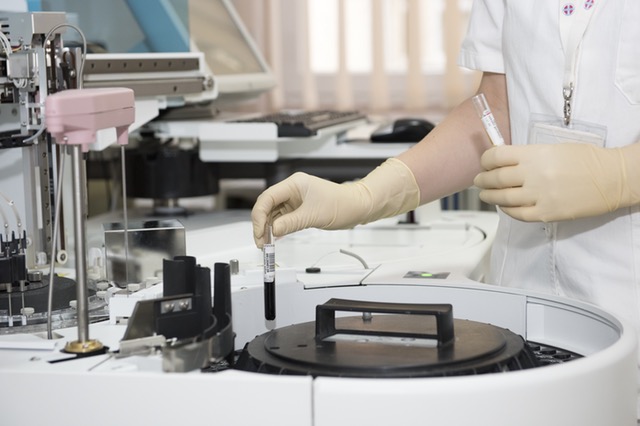One of the hardest parts of implementing a new laboratory is deciding where to put it. If your company has an existing building, then you have to find somewhere that’s big enough to house your lab, and if you’re looking offsite, you still need something that’s close enough to your company’s main building for convenience in communication. The last thing you want is to choose a location for your new lab, only to realize it’s missing some of the things you need. To make sure you don’t forget anything while you’re shopping around for the perfect location, here’s a list of considerations to keep in mind:
If you’re working with an existing building
Even if you have an existing building where your lab is set to go, it’s important to make sure you’re putting it in the right place within that building. Here are a couple of things to think about:
Somewhere out of the way
When you’re working with an existing building, one of the big things to think about is where you can put your lab that’s out of the way. You don’t want a lab in the middle of a major traffic area, because that will likely interrupt workflow. Also, you don’t want personnel wandering through the lab who aren’t familiar or trained on the lab equipment. Choose somewhere that’s a bit out of the way, and quieter, so your lab techs can get their work done efficiently, without distraction.
Internet connection
Regardless of what lab you have, you’re going to want a location with internet connection. All labs use the internet, whether it’s too look up how to troubleshoot a machine or to run a certain program. You want a location with a good, strong connection so you can complete processes in a timely manner.
Plenty of electrical hookups and outlets
There are many older buildings where the electrical wiring isn’t exactly thorough. If you’re putting your lab in a building that’s a bit older, you’ll want to make sure your location has all of the electrical outlets you need. If it doesn’t have outlets, it should at least have electrical wiring that you can configure to accommodate more outlets if need be. From computers to incubators to refrigerators, labs certainly use up a lot of electricity, and you have to have the outlets, and the electrical capacity to handle those needs, or your lab won’t be functional.
First floor if possible
Think about all of those machines your lab is going to need–hauling them up a bunch of stairs just might not be practical. Not to mention that if you need something sent back to the manufacturer for service, you’ll have to move it up or down a bunch of stairs while trying not to break the machine more. If possible, it’s a good idea to put your lab on the first floor. It will make installation easier, and your lab will be more accessible for any future renovations or additions.
Make sure to consider safety/fire codes
An issue that often presents itself when installing a lab in an existing building are safety and fire codes. Laboratories have unique requirements when it comes to fire and safety codes, as they often handle hazardous and highly flammable chemicals. If you’re planning on installing in an existing building, you’ll want to ensure that the building has the proper fire safety elements, like overhead sprinklers, and that you can make whatever changes are necessary to comply with safety codes. It’s a good idea to talk to a qualified safety inspector before you start construction, or a lab designer who’s handled similar projects and knows how to build to code. This way you know what you need before you start building.
Check the HVAC system
Another consideration to make when installing a new lab in an existing building is the age and capacity of your heating and cooling system. Laboratories, especially those with traditional fume hoods, require a great deal of airflow for both temperature regulation and safety. If your HVAC system is older, the new lab could put too much strain on on outdated system, which can cause major problems in the future. Additionally, you’ll have to ensure that you can reconfigure the ducts in the building to funnel exhaust from the lab to the outside of the building.
Is there room to expand?
Finally, one of the biggest problems that come with installing a new laboratory in an existing building have to do with the potential for future expansion. If you’re building in a larger complex, this isn’t always a major problem, but it is something to consider if you’re confined to a smaller building. Once your new lab is started and business picks up, it’s likely that you’ll need more space. It’s a good idea to try and find a spot that offers you the possibility of expansion if you need it, but you can try to work around this problem by choosing a more flexible modular or custom lab design.
If you don’t have a building:
If you’re looking for another location for your new lab, you actually have a bit more flexibility. While all of the above concerns will apply to a new building, it’s easier to get perks like extra space, an updated HVAC system, and first floor access when you go for a new location. With the above considerations in mind, there’s just a few more things to think about when you’re shopping for a new building to install your lab.
What’s your budget?
Obviously, you’ll want to stay in budget. It’s important to first decide how much of the budget is dedicated to equipment for the lab itself, and how much you can spend on the building. Once you have a solid price range, then you can start looking at buildings that might be appropriate for your new lab.
Space to expand
Since you’re looking for space for the lab itself, you have a better opportunity to choose a space that’s a bit bigger than what you need. This doesn’t mean you have to fill the entire space with a lab that’s bigger than your current processes, but it does give you the opportunity to expand in the future if need be.
Consider renting vs. buying
You’ll also want to decide if you’re going to rent or buy the space. If you rent, you’ll pay less upfront, but over time it’s likely you’ll spend more on space than if you purchased the space outright. It’s also a good idea to rent if you need a lab right away, and want to wait for the perfect location before you buy. But if you find the ideal location for the right price, it could also be the right decision to buy the space outright.
Convenience of location
Finally, remember that it’s all about location. If the majority of your company is centered in one location, communication will be much easier if the lab is nearby. It’s good to build your lab in a location that’s convenient for your employees, both at the lab and in the main office. Now, if your lab employees are largely autonomous, you might be able to get away with a lab location a bit farther away. It’s just a good thought to keep in mind.
If you have any more questions about where your new lab might fit best, or if you’re having trouble coming up with a design that fits the space you’ve been given, give Multi-Lab a call! We’re experts in custom laboratory design and installation, and can help you create the lab you need, in the space you have. Give our office a call at 616-846-6990, or contact us online today!






About The Author: MultiLab
More posts by MultiLab